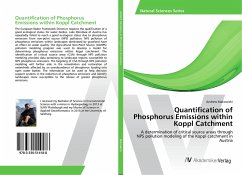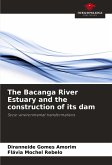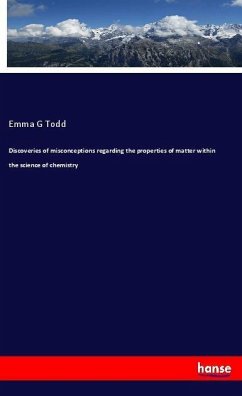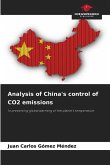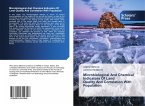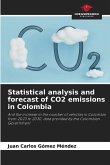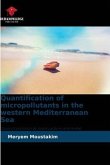The European Water Framework Directive requires the qualification of a good ecological status for water bodies. Lake Mondsee of Austria has repeatedly failed to reach a good ecological status due to phosphorus emissions from non-point source (NPS) pollution. NPS pollution of phosphorus emissions within landscapes dominated by grassland have an effect on water quality. The Agricultural Non-Point Source (AGNPS) pollution modeling program was used to develop a model for determining phosphorus emissions within Koppl catchment. The identification of critical source areas (CSA) through NPS pollution modeling provides data pertaining to landscape regions susceptible to NPS phosphorus emissions. The targeting of CSA through NPS pollution modeling will further aide in the remediation and restoration of watersheds affected by an overabundance of phosphorus loading into open water bodies. The information can be used to help decision support systems in the reduction of phosphorus emissions and identify landscapes more susceptible to the release of greater phosphorus emissions.
Bitte wählen Sie Ihr Anliegen aus.
Rechnungen
Retourenschein anfordern
Bestellstatus
Storno

